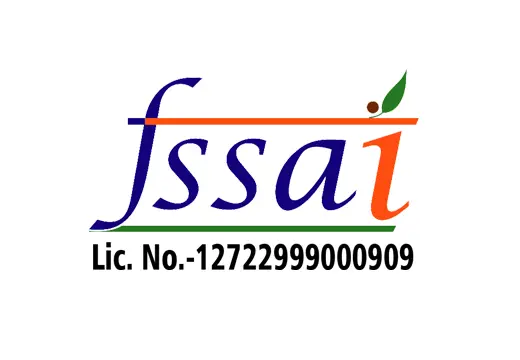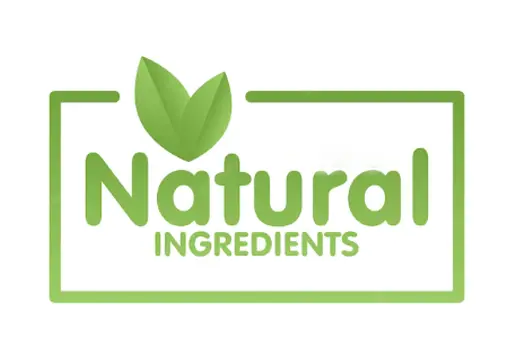Astaxanthin
Astaxanthin Background and Benefits
Astaxanthin is a type of carotenoid known as xanthophyll, a pigment that gives plants a reddish-pink color. It also gives color to many animals, including birds and some shellfish. Dr. Basil Weedon led the group that synthesized the first astaxanthin in 1975. Unlike some other carotenoids and carotenes, the human body does not convert astaxanthin into vitamin A. It is therefore safe and effective and has no known toxic effects.
shellfish such as crayfish, krill, shrimp and other crustaceans are common dietary sources of astaxanthin. Fish such as salmon and trout also contain large amounts of this pigment. Other dietary sources of astaxanthin include a number of algae and yeast. The most important commercial source is Haematococcus pluvialis, a microalgae species that contains 40,000 parts per million of astaxanthin. Yeast of the genus Phaffia and Arctic shrimp are also commercially important sources of astaxanthin.
Food coloring for animals, especially fish is derived from Astaxanthin. It is also a popular dietary supplement for humans. The same molecular structure that gives astaxanthin its color also gives it a strong antioxidant property, meaning it can support the body's ability to cope with damage caused by free radicals. This property makes astaxanthin useful for a variety of health conditions.
Uses of astaxanthin
The use of astaxanthin as an antioxidant is its main value as a dietary supplement. It is especially helpful for maintaining vision, managing healthy inflammation, and recovery after exercise.

Signs you may need astaxanthin
Astaxanthin will help you overcome the effects of excess free radicals. These include mental aging effects such as memory impairment and physical effects such as deterioration of motor skills and joint discomfort. Astaxanthin may also help support healthy digestion.






